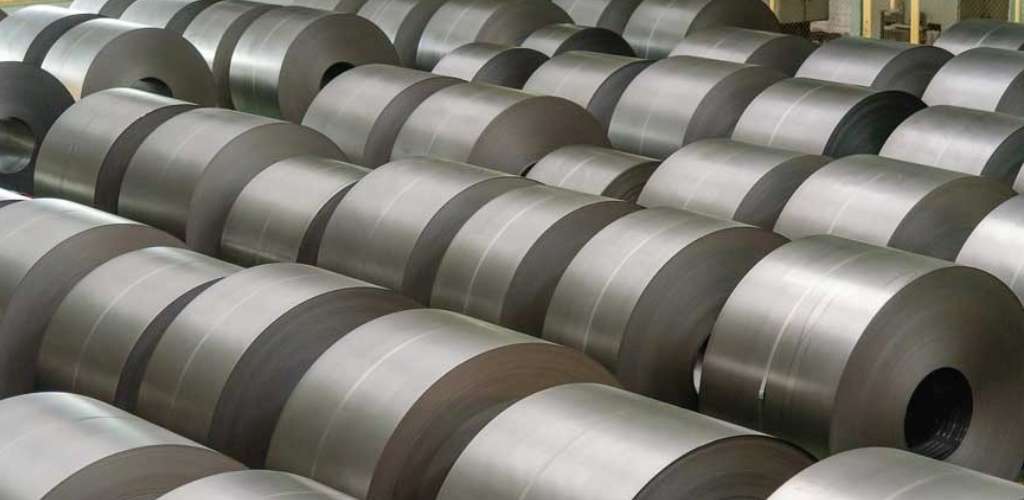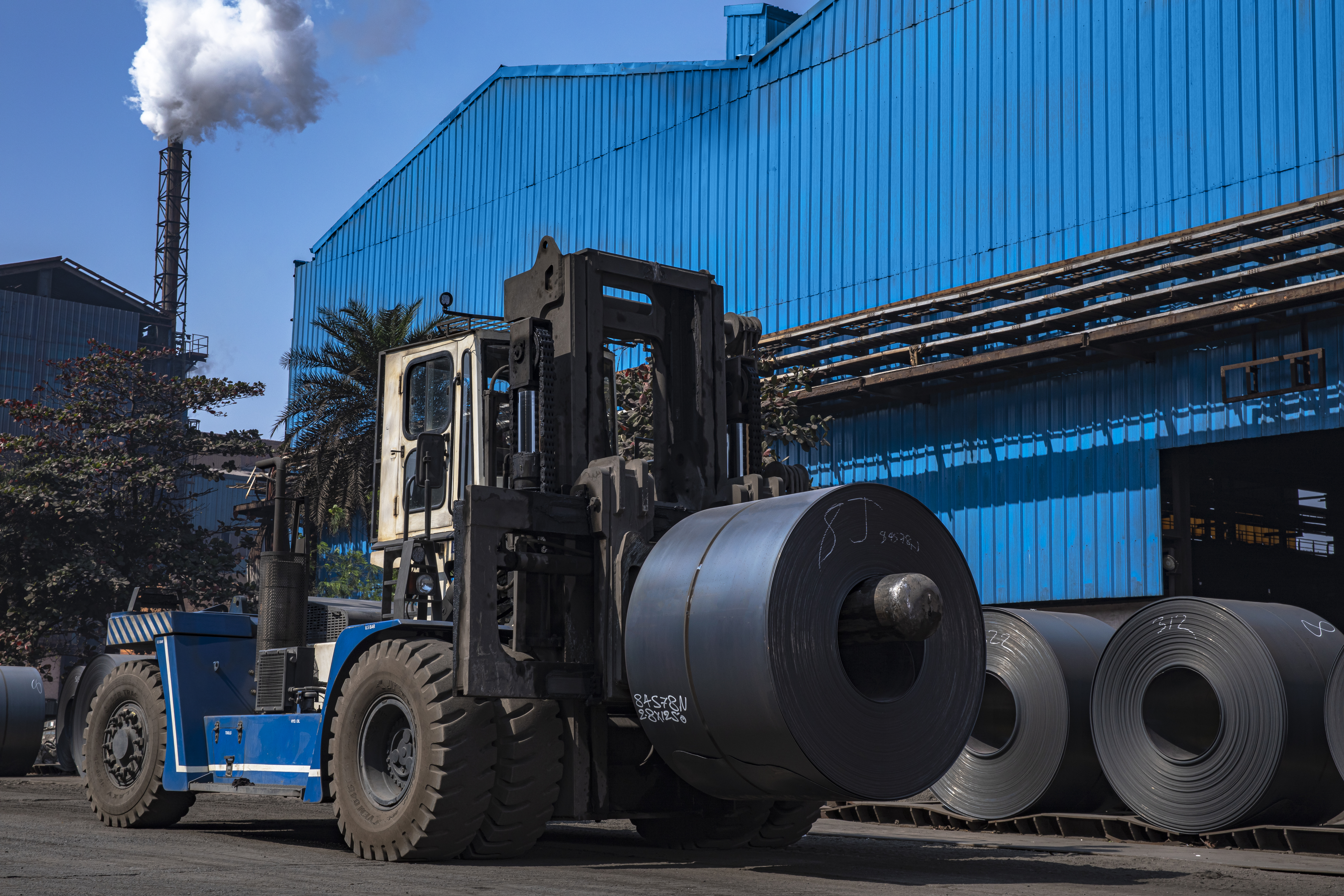
Understanding the Process at Hot Rolling Mills: How it Works
Massive plates and ingots are needed to be broken down to decrease the cross-section in them. This is done in hot rolling mills The process includes heating the metal beyond the recrystallization temperature. During the rolling process, the plasticity is distorted.
Heating often surpasses 1,000 degree Celsius, softening the steel so rollers can stretch and thin it without losing strength. This high-temperature step is critical, alowing the metal to become pliable while retaining its core properties.
The process makes sure that the metal retains its features and volume, making it easier to bend it into shapes like hot rolled coils.
The Role of Specialized Equipment
Once heated, hot rolled coils form as they pass through powerful rollers. These coils are vital for industries, offering strength and flexibility for a range of applications from automobie parts to structural supports.
Steel for building emerges from this process, ideal for constructing strong structures like bridges, warehouses, and high risers.
Skilled operators fine-tune the rollers to maintain uniform thickness. They closely monitor heat and pressure to prevent flaws like cracks or uneven surfaces.
This type of control transforms the softened steel into a product that industries can depend on. They will be ready for use in construction sites or machinery manufacturing.
The rollers are designed with precision, often made from hardened steel themselves, to withstand the intense forces involved.
Building with Strength
Steel for building is another outcome of this process, with around 1300 people looking it up monthly. This type of steel is tough and reliable, perfect for constructing sturdy structure like bridges, syscrapers, and warehouses.
The hot rolling process aligns the steel's grain structure, making it resistant to stress and wear over time. Meanwhile, HRC steel, with a searchvolume of 260, highlights a specific grade that's prized for its durability and is often used in demanding applications.
This steel undergoes additional checks to ensure it meets strict quality standards, giving builders confidence in tis performance.
The versatility of these products shows how hot rolling mills turn simple metal into the backbone of modern constrution, supporting everything from small homes to massive industrial complexes.
Conclusion
Hot rolling mills are more than just factories; they're the heartbeat of steel production. The process not only shapes metal but also ensures it meets the meeds of builders and manufacturers worldwide.
It starts with careful preperation of the raw material, followed by controlled heating and rolling, and ends with a prodcuts that's ready to stand form to wear and tear.
The efficiency of hot rolling mills helps keep costs down while delivering high-quality steel, making it important for the global industry.
At AM/NS India, we've mastered this craft, delivering top-quality steel that powers project big and small.
With years of experience and cutting edge technology, they ensure every batch of steel meets the highest standards, making them a trusted name in the field. Whether it's infrastructure or manufacturing, their expertise bringd strength and innovation to every roll!
Explore our latest Post
- Market Dynamics: Analyzing The Demand And Supply Of Hot Rolled Steel In India
- Hot Rolled Steel Sheets And Coils: Versatile Industrial Materials
- The Role Of AM/NS Stallion In Improving Modern-Day Agriculture
- The Manufacturing Process Behind Hot Rolled Steel
- Hot Rolled vs Cold Rolled Steel: Understanding the Differences



